Dreaming of a fluffy, four-legged friend to share your apartment but worried about space? You’ve likely pictured a small, cuddly companion, and the elegant Maltese might just be at the top of your list. Their reputation as a quintessential lap dog precedes them, but does that automatically make them the perfect flatmate? Let’s delve deep into the realities of apartment life with a Maltese.
The short answer is a resounding yes, Maltese are exceptionally well-suited for apartment living. Their tiny stature, moderate energy levels, and deep love for being close to their humans make them a natural fit for smaller homes. However, this “yes” comes with a significant “but.” A happy Maltese in an apartment is not a product of chance; it’s the result of a dedicated owner who understands and caters to the breed’s specific needs. Let’s unpack the pros and cons to see if this regal little dog is the right choice for your lifestyle.
The Pros: The Sunny Side of Maltese Apartment Living
When you imagine a Maltese in an apartment, you probably picture cozy cuddles on the couch, and you wouldn’t be wrong. There are many compelling reasons why this breed thrives in a more compact environment. These advantages go beyond their obvious good looks and charming personality.
Their Compact Size is a Perfect Fit
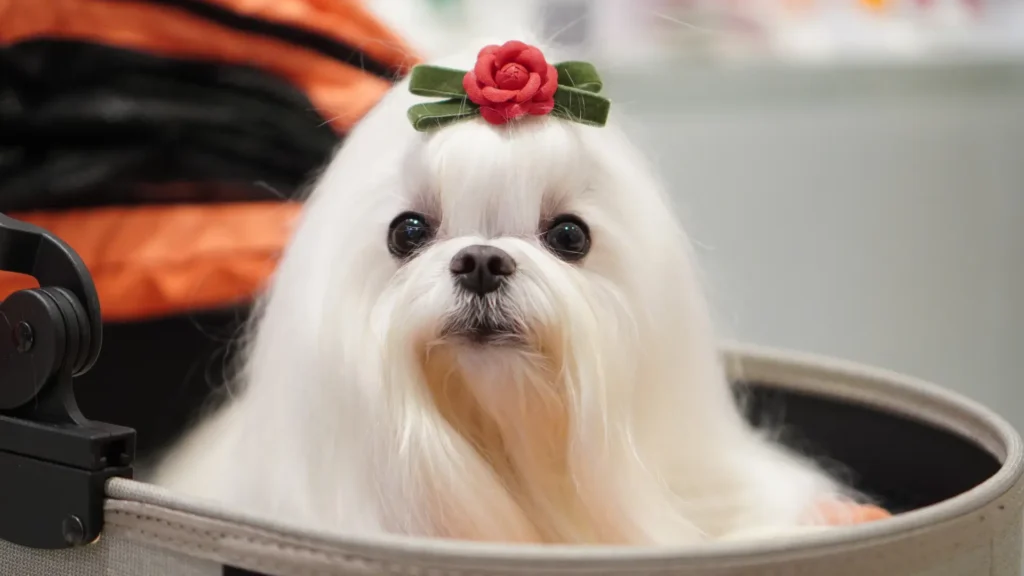
This is perhaps the most obvious and significant advantage. Weighing in at under seven pounds, the Maltese is a true toy breed. They simply don’t take up much space. Unlike a Golden Retriever that might feel cramped without a yard, a Maltese can get plenty of exercise just moving from the living room to the kitchen. Their entire world can comfortably exist within the four walls of your apartment.
This small size has several practical benefits for apartment dwellers:
- Space Saving: Their bed, toys, and food bowls have a minimal footprint, leaving more living space for you.
- Easy to Manage: Navigating stairs, elevators, and crowded hallways is a breeze when you can simply scoop your dog up into your arms. This is also helpful for quick potty trips outside.
- Lower Costs: A smaller dog means smaller food bills, smaller doses of medication, and often, smaller vet bills. Every bit helps when managing the costs of city living.
- Travel Friendly: Their size makes them excellent travel companions, easily fitting into an airline-approved carrier for trips away.
Moderate Exercise Needs
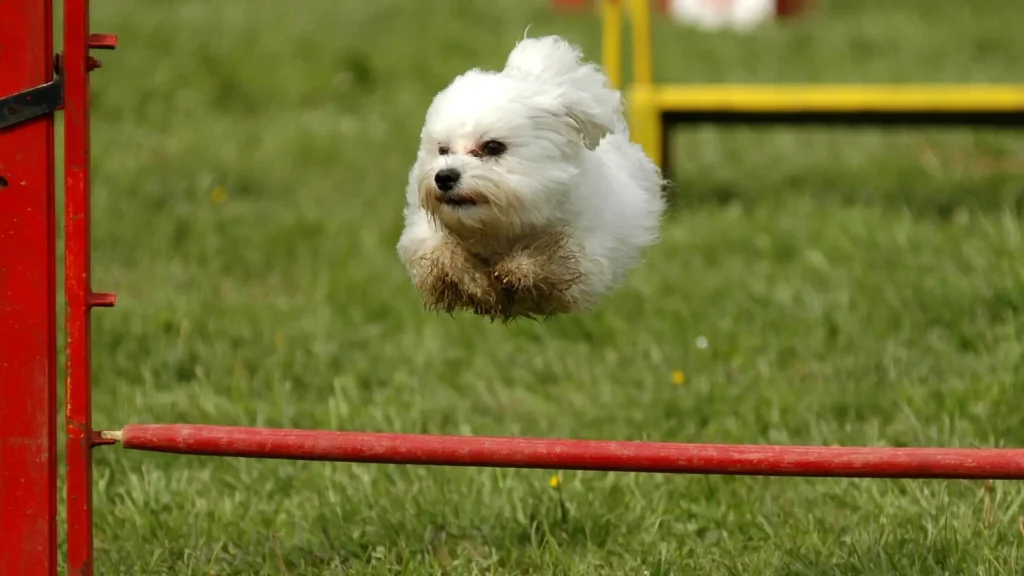
If you’re looking for a hiking partner to conquer mountains with every weekend, the Maltese isn’t it. Their exercise requirements are relatively low and can be easily met within the confines of an apartment-centric lifestyle. They were bred for companionship, not for herding sheep or retrieving game.
A short, brisk walk once or twice a day is typically sufficient to keep them physically healthy. This is perfect for city life, where a stroll to the local coffee shop or a lap around the block is more feasible than a long run through open fields. The rest of their energy can be happily expended indoors. A spirited game of fetch down a hallway, some tug-of-war on the rug, or engaging with puzzle toys can provide all the stimulation they need. This adaptability means that on a rainy day, you don’t have to worry about a high-energy dog going stir-crazy indoors.
Adaptable and People-Oriented Nature
Maltese don’t just tolerate being with their people; they crave it. They are true “Velcro dogs” that want to be involved in whatever you’re doing. In a spacious house with a big yard, a Maltese might feel lost or lonely if their family is spread out.
In an apartment, you are always close by, which is their ideal scenario. They will happily follow you from room to room, content just to be in your presence. This close-quarters living strengthens your bond and provides them with the constant companionship they thrive on.
A Low-Shedding Coat
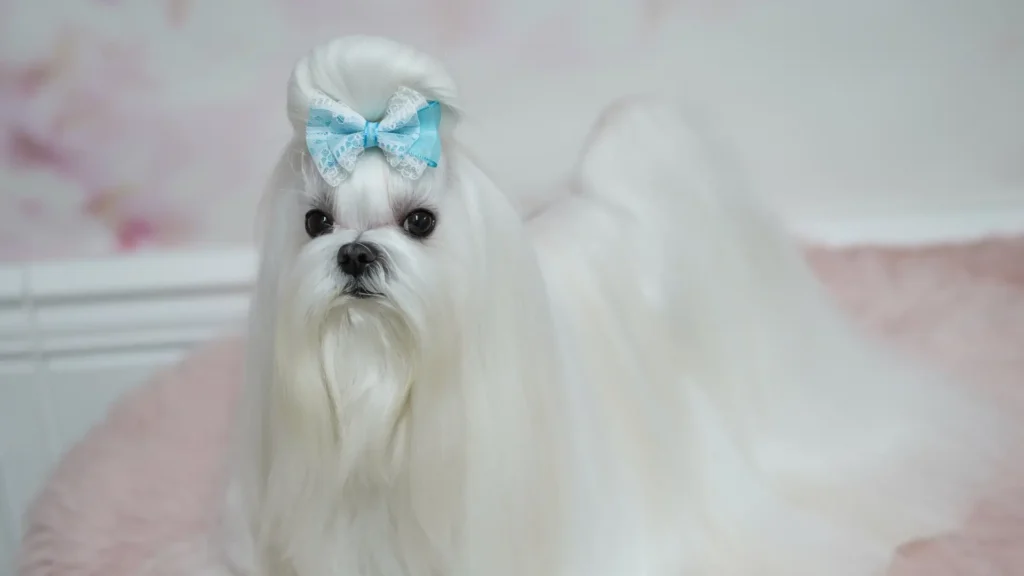
This is a massive pro for any indoor dog, but especially for one in a smaller space. Maltese have a single coat of hair, not fur, which means they shed very little. You won’t find clouds of white fur tumbleweeding across your floors or clinging to your furniture and clothes. This makes keeping your apartment clean a much more manageable task.
Furthermore, because they produce less dander, they are often considered “hypoallergenic” and can be a great choice for allergy sufferers, whose symptoms can be more pronounced in a confined apartment environment.
The Cons: The Challenges of Maltese Apartment Life
Now for the reality check. While the Maltese has many apartment-friendly traits, there are significant challenges that any prospective owner must be prepared to face. Ignoring these potential issues is a recipe for a stressed-out owner and an unhappy dog.
The Barking Can Be a Big Issue
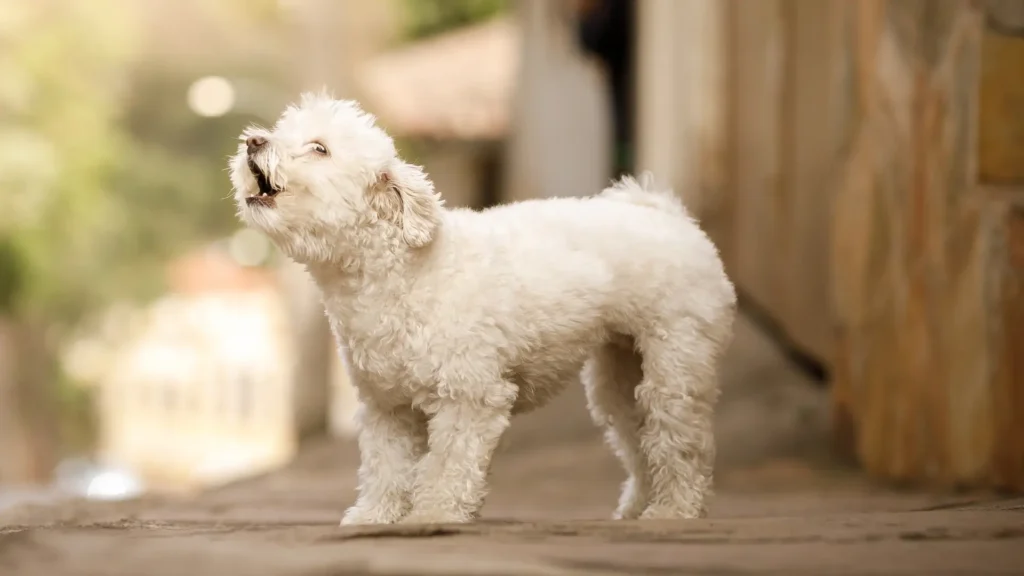
Let’s be blunt: Maltese can be yappy. They are excellent little watchdogs and will alert you to every strange noise—the mail carrier in the hall, the neighbor’s door closing, a car backfiring on the street below. In an apartment building with thin walls and constant ambient noise, this can translate into a lot of barking. This isn’t just a minor annoyance; it can lead to serious complaints from your neighbors and even trouble with your landlord.
Managing this trait is not optional in an apartment; it’s essential. It requires consistent training from day one to teach your Maltese the “quiet” command and to help them differentiate between real threats and the normal sounds of apartment living.
High Risk of Separation Anxiety
The same people-oriented nature that makes them great companions also makes them highly prone to separation anxiety. These dogs are not emotionally equipped to be left alone for eight to ten hours a day. If you live alone and work long hours outside the home, a Maltese is likely a poor choice.
When left alone and feeling anxious, they can resort to destructive behaviors like incessant barking, whining, chewing on furniture, or having accidents in the house—all of which are magnified problems in a small apartment. A potential Maltese owner in an apartment must have a plan for this: a work-from-home schedule, a partner with a different schedule, the ability to hire a dog walker, or access to doggy daycare.
The Demanding Grooming Routine
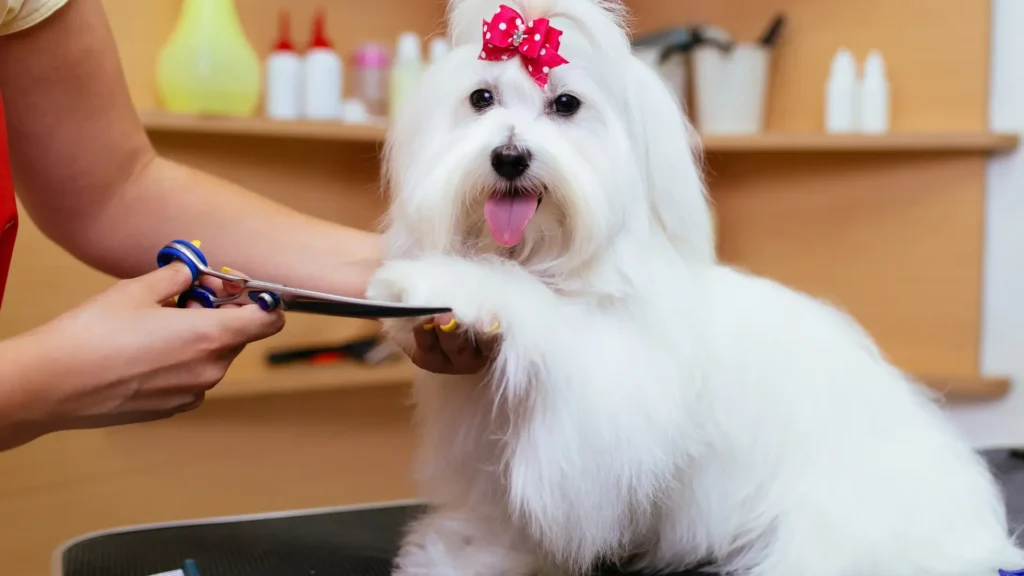
That beautiful, low-shedding coat comes at a price: it is incredibly high-maintenance. Their long, silky hair mats easily and requires daily brushing and combing to prevent painful tangles. If you don’t have the time or discipline for this daily ritual, you’ll need to budget for frequent trips to a professional groomer to keep their coat in a shorter, more manageable “puppy cut”.
Even with a shorter cut, they still need regular grooming. You also have to be diligent about cleaning their faces to manage the notorious tear stains that can plague the breed. This is a significant time and financial commitment that you must be prepared for.
Potty Training Can Be a Challenge
Small breeds, with their tiny bladders, are notoriously more difficult to housebreak than their larger counterparts. A Maltese puppy may need to go out every one to two hours. In an apartment, this isn’t as simple as opening the back door. It means getting your shoes on, grabbing the leash, going down the hall, waiting for the elevator or taking the stairs, and getting outside.
This frequent, time-sensitive routine can be taxing. As a result, many apartment-dwelling Maltese owners opt for indoor potty solutions, such as puppy pads or grass patches on a balcony. While this is a viable option, it requires consistent training and diligence to maintain a fresh-smelling apartment.
Making it Work: A Blueprint for Success
So, you’ve weighed the pros and cons and are still convinced a Maltese is the dog for you. Excellent! Now, let’s focus on the practical steps you can take to ensure your apartment becomes a happy and harmonious home for both of you.
Establish a Rock-Solid Routine

Dogs, especially intelligent ones like the Maltese, thrive on predictability. A consistent daily schedule is your most powerful tool for managing almost all the potential “cons.” This includes:
- Set Meal Times: Feed your Maltese at the same time each day. This also helps regulate their potty schedule.
- Scheduled Potty Breaks: Take them out first thing in the morning, last thing at night, and after every meal, nap, and play session. Be proactive to prevent accidents.
- Dedicated Playtime: Set aside time each day specifically for interactive play. This burns off energy and strengthens your bond.
- Consistent Bedtime: A regular bedtime helps them settle down for the night and reduces the chances of late-night restlessness.
Tackle Training and Socialization Early
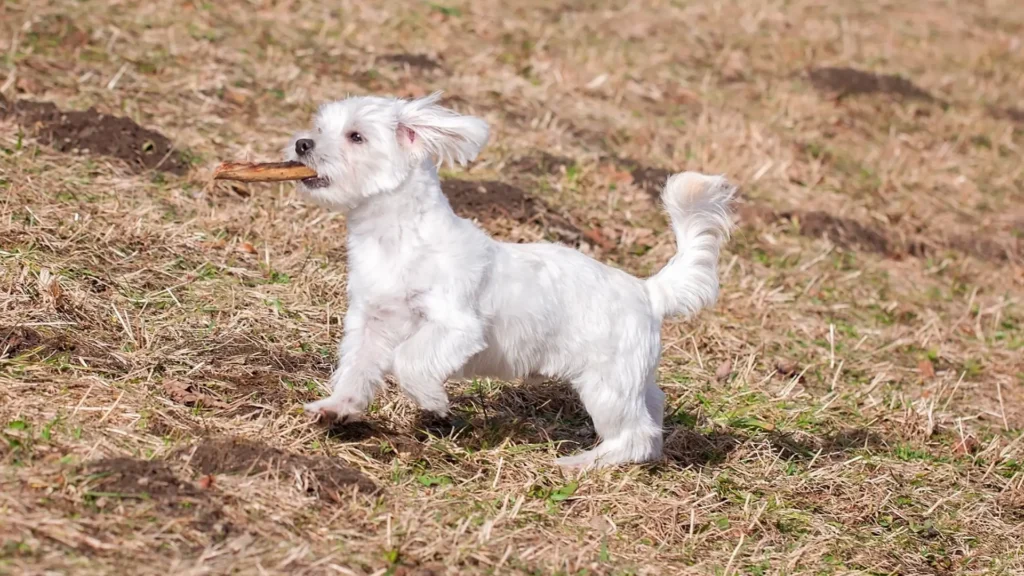
Do not wait for problems to appear. Start training from the moment your Maltese comes home. Focus on positive reinforcement techniques.
- Bark Control: Teach the “speak” and “quiet” commands. This gives you control over their barking. Reward them for being quiet when they hear normal apartment noises. Never yell at them for barking, as this can just make them more anxious.
- Socialization: Expose your puppy to all the sights and sounds of your apartment building and neighborhood in a positive way. Let them meet other people and friendly, vaccinated dogs. A well-socialized dog is less likely to be fearful and reactive (barky).
- Crate Training: Introduce a crate as a safe, cozy den—not a place for punishment. This is an invaluable tool for managing separation anxiety and preventing destructive behavior when you can’t supervise them.
Master Indoor Enrichment
A bored Maltese is a mischievous Maltese. Since they’ll be spending a lot of time indoors, you need to keep their intelligent minds engaged. This prevents boredom-related behaviors like chewing and nuisance barking.
- Puzzle Toys and Food Dispensers: Make them work for their meals. This mimics natural foraging behaviors and provides excellent mental stimulation.
- Snuffle Mats: These mats have strips of fabric where you can hide treats, encouraging your dog to use their powerful sense of smell to find them.
- Training Sessions: Short, fun training sessions to teach new tricks are a fantastic way to work their brain and strengthen your bond. Teach them “sit,” “stay,” “paw,” and other fun commands.
- Hide-and-Seek: Hide treats (or yourself!) around the apartment and encourage your Maltese to find them.
Create a Potty Plan and Stick to It
Decide early on whether you will be exclusively potty training outdoors or using an indoor option. Consistency is key. If you are training outdoors, be prepared for the commitment. Keep a “go bag” by the door with poop bags and treats to make the process as efficient as possible.
If you opt for potty pads, designate a specific spot, use an enzymatic cleaner for any accidents to eliminate odors that might attract them back to the wrong spot, and praise them lavishly when they use the pad correctly.
Conclusion: The Verdict
So, are Maltese good apartment dogs? Absolutely, they can be phenomenal apartment dogs. Their small size, loving nature, and manageable exercise needs make them seem custom-made for life in a smaller home. They offer all the joy of canine companionship without the need for a sprawling backyard.
However, the title of “perfect apartment dog” isn’t one they earn passively. It is bestowed upon them by an owner who is realistic, prepared, and dedicated. The ideal Maltese apartment dweller is someone who is home more often than not, who finds joy in a daily grooming ritual, who is patient and consistent with training, and who understands that their little white shadow needs mental stimulation and near-constant companionship. If you can honestly commit to managing their potential for barking, separation anxiety, and tricky house-training, you will be rewarded tenfold. With the right owner and the right approach, your apartment can absolutely become the perfect palace for your little Maltese prince or princess.
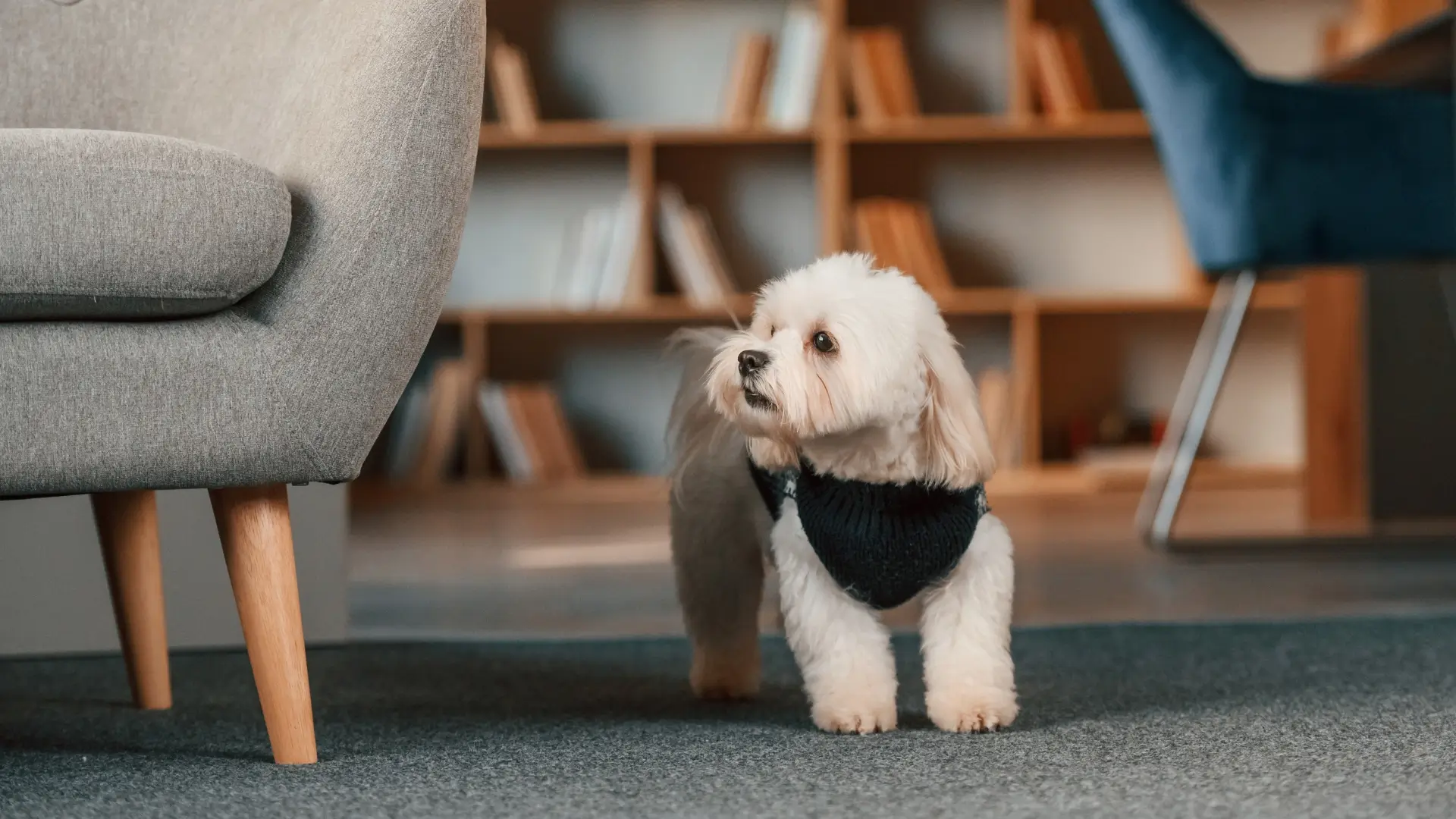
Leave a Reply